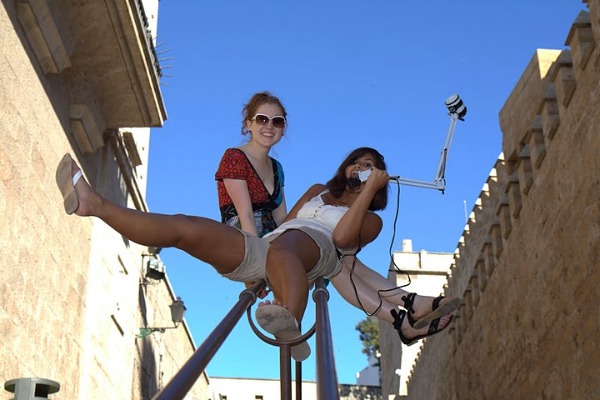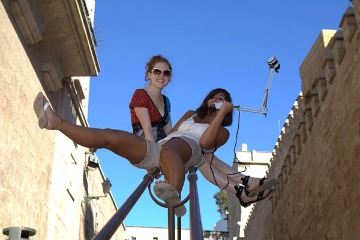
Photo by Team Lamp
These are innovative times for fun lovers. Web technology and social media mean we can invent hybrid fun that is both participatory and spectator-worthy, spontaneous yet deliberate, intimately social and yet large in scale. Remember the first ever flash mob, which took place in Manhattan in 2003? Or when Jakob Lodwick, founder of Vimeo, coined the term lip dubbing in 2006?

